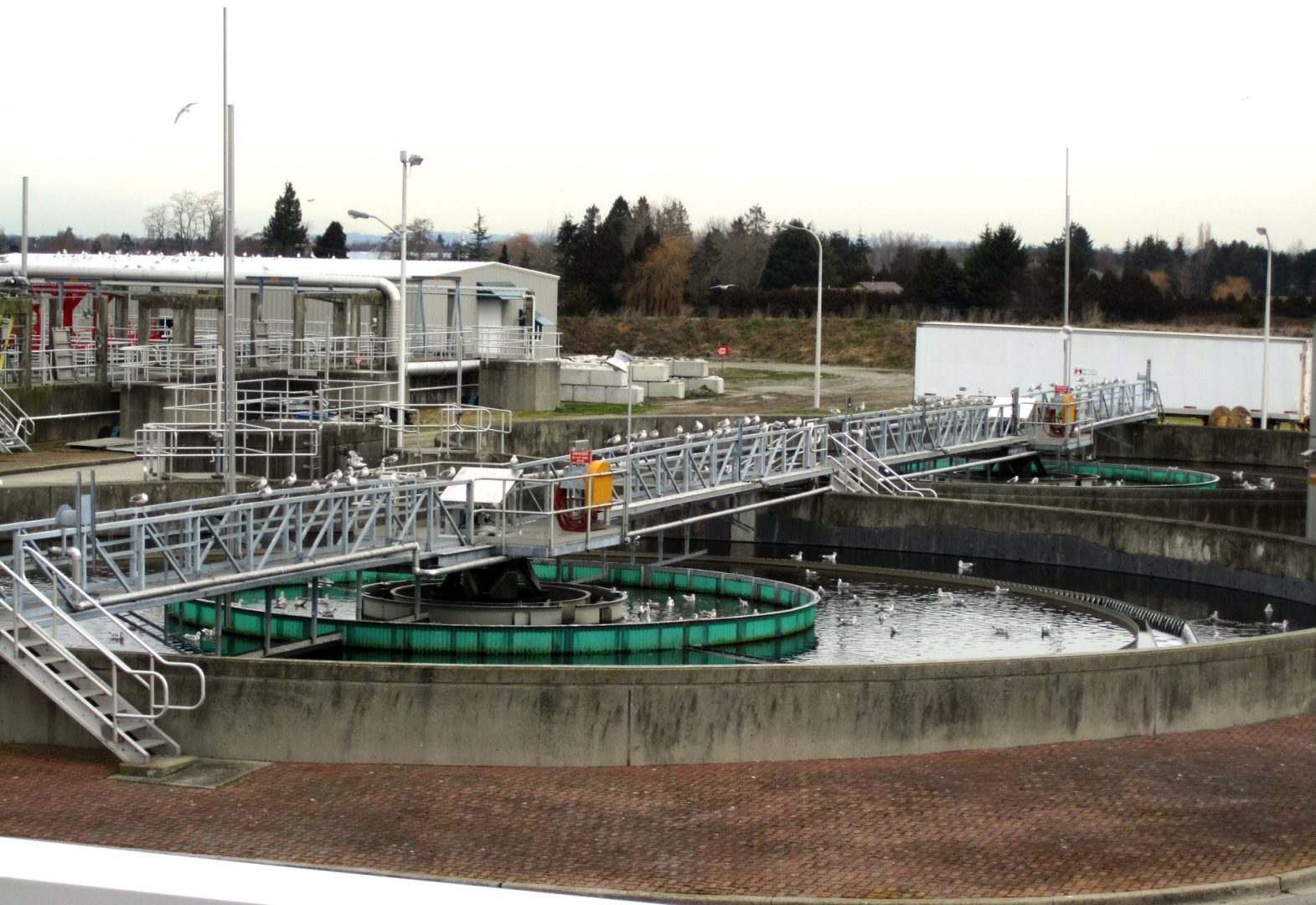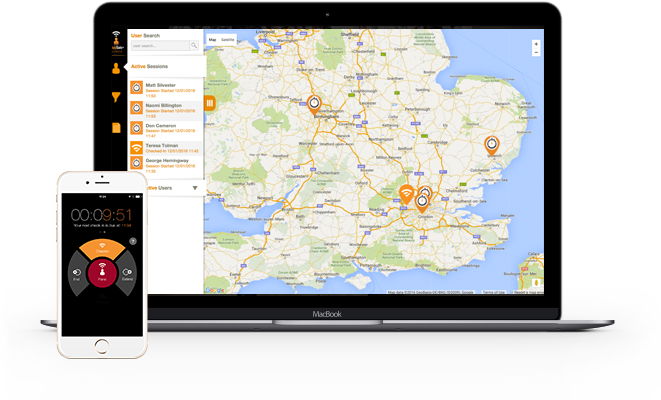Tragic Case Highlights Risk of Lone Working

A utilities company has been fined £1.8 million following the death of a man in a water filtration tank in a case that should serve as a stark reminder for companies with lone workers on or off site.
The father-of two died in December 2013 when he fell into six and a half feet of water inside the tank while unblocking a filter at a water treatment works.
Despite activating the company’s lone worker alarm system it wasn’t until he failed to respond to a phone call – some 90 minutes later – that someone was sent to investigate.
The judge pointed out that “no correct risk assessment for the procedure had been done… [and] …(Company) had been made aware of the dangers of falling into tanks ‘on a number of occasions’”.
The company had been warned as far back as 2009 by the Health and Safety Executive (HSE), when an inspector had raised concerns about railing heights, trip hazards and working alone.
The case came to a conclusion in April 2017, with the sitting judge at Truro Crown Court declaring the tragedy “an accident waiting to happen.”
To be clear: what is lone working?
The Health and Safety Executive guidance INDG173 Working Alone defines lone workers as those who work by themselves without close or direct supervision.
Examples of roles likely to include ‘Lone Working’ include:
In fixed establishments
- A person working alone in a small workshop, petrol station, kiosk or shop
- People who work from home other than in low-risk, office-type work (separate guidance covers homeworkers doing low-risk work)
- People working alone for long periods, eg. in factories, warehouses, leisure centres or fairgrounds
- People working on their own outside normal hours, eg cleaners and security, maintenance or repair staff
As mobile workers working away from their fixed base
- Workers involved in construction, maintenance and repair, plant installation and cleaning work
- Agricultural and forestry workers
- Service workers, including postal staff, social and medical workers, engineers, estate agents, and sales or service representatives visiting domestic and commercial premises
- Employers in all these industries should be aware of the potential for lone workers within their staff and have appropriate lone worker training, policies and procedures in place.
Assessing the risks for lone workers
An assessment of the risks associated with lone working should be undertaken and should include the relevant workers, ensuring all potential risks are identified and adequately controlled.
This assessment should consider tasks that might be too dangerous for one person to undertake – such as moving heavy or difficult loads, working in confined spaces, or working at height.
The location of the activity should be looked at to determine whether this increases the risk associated with the task.
If workers are employed to work at another person or business’s place of work the employer and the third party need to co-operate to ensure both are aware of the risks involved and how each other’s work activities may impact and increase the risk of lone working.
Supervising lone workers and keeping in contact
It is important to consider how lone workers are supervised and how their work will be monitored to ensure safe working practices are followed.
Supervisors should be able to and make regular visits to inspect their work.
Communication with remote and lone workers is a key area of control, and can identify any worker who may have fallen ill, suffered an accident or otherwise found themselves in a dangerous situation.

With the increased use of smartphones there are a number of apps and other services which will help monitor lone workers, and Lone Worker Alarms are also available.
Peoplesafe, StaySafe and peoplesafe all offer apps in the Android, Apple and Microsoft app stores, with each including features like GPS tracking, monitoring dashboards, two-way audio, bluetooth-enable panic buttons, and man-down alert functions.
Many of these systems rely on some form of mobile network connectivity, so when using these type of systems it is important to ensure there is suitable network coverage.
Similarly the use of old-fashioned two-way radios may be affected by the lie-of-the-land, for example hills or tall buildings, preventing communications.
Training lone workers in safe practice
Training is equally important for lone workers.
The Suzy Lamplugh Trust, set up following the disappearance on-the-job of estate agent Suzy Lamplugh in 1986, offers useful advice on lone working and training for lone workers.


